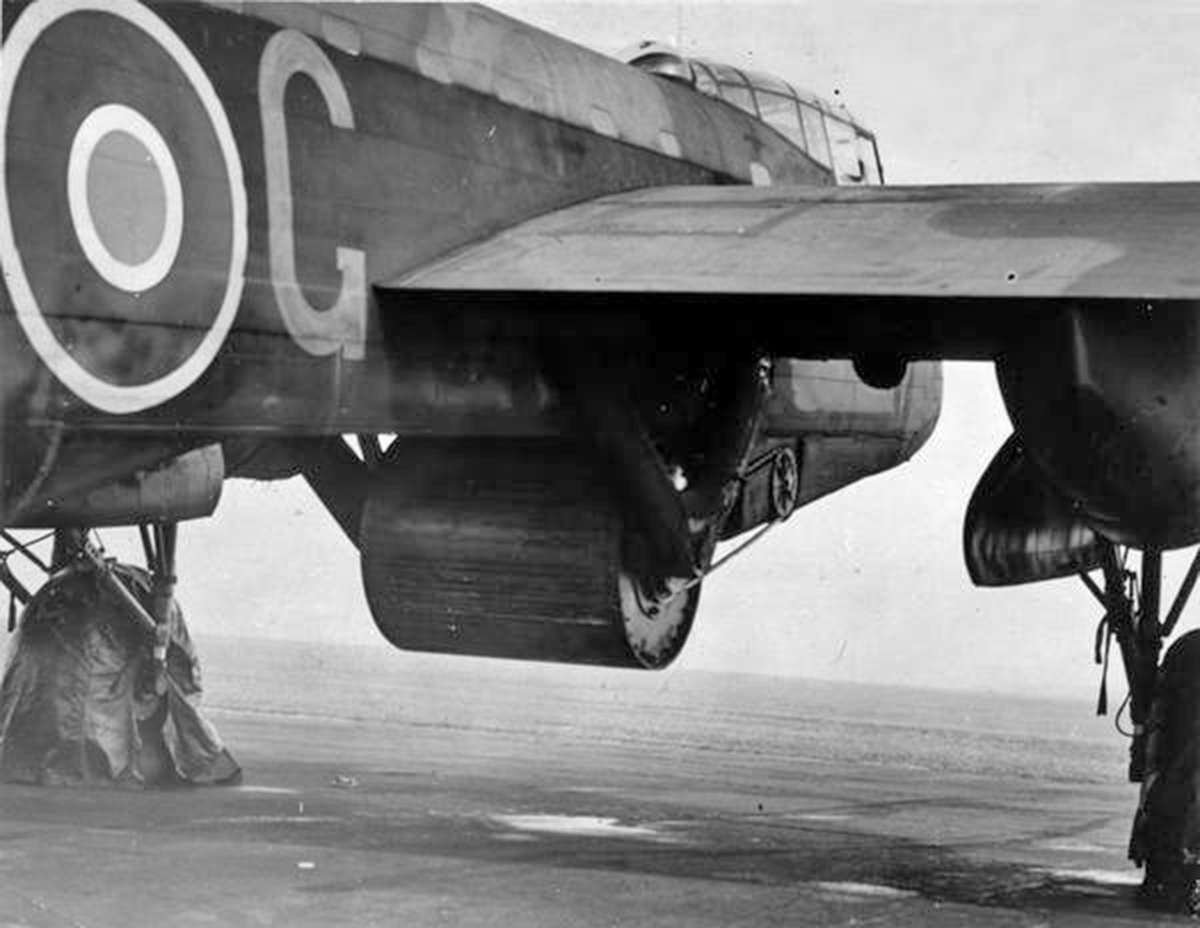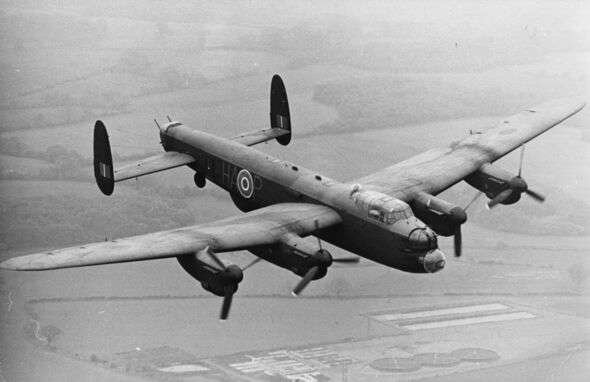
Brick Model of the Month: Avro Lancaster "Dambusters" Executive Edition
Hello and welcome to another BrickTanks blog.
Before I launch into the main focus of the blog I wanted to let you know that our latest COBI order hasn't arrived yet and is likely to arrive on Tuesday 28th May due to the bank holiday weekend. Therefore all pre-orders/backorders should be on their way to you by Wednesday next week.
I'm delighted to announce that we have a new member of staff also starting on Tuesday. Jason has a huge amount of enthusiasm, energy and experience and we feel very lucky to have him onboard.
CaDA Update
Finally, our new CaDA order has just shipped from Hong Kong and is due to arrive in stock late June/early July. Three of the kits sold out within a few days of our last order arriving at the start of May so due to popular demand we have more on the way. Plus we have a new kit coming too, a racing car! See below for details.
Before I launch into the main focus of the blog I wanted to let you know that our latest COBI order hasn't arrived yet and is likely to arrive on Tuesday 28th May due to the bank holiday weekend. Therefore all pre-orders/backorders should be on their way to you by Wednesday next week.
I'm delighted to announce that we have a new member of staff also starting on Tuesday. Jason has a huge amount of enthusiasm, energy and experience and we feel very lucky to have him onboard.
CaDA Update
Finally, our new CaDA order has just shipped from Hong Kong and is due to arrive in stock late June/early July. Three of the kits sold out within a few days of our last order arriving at the start of May so due to popular demand we have more on the way. Plus we have a new kit coming too, a racing car! See below for details.
New-to-us CaDA kit: Alfa Romeo F1 Team ORLEN C42
We don't often veer away from military models, as you know, but this kit caught our eye as we think it looks pretty cool. Plus we recently found out that the model has been discontinued. The contract between CaDA and the licensor, Alfa Romeo, is coming to an end, so grab one while you can!
Now, to celebrate the announcement of the two COBI Avro Lancaster kits and the "Dambusters" version in particular, I thought we would take a closer look at the history behind the mission that made it famous. If you would like to find out more about the heavy bomber then please visit the product pages and click on the history tab.
Enjoy!
Warmest wishes,
Zoe
P.S. Check out the documentary 'The True Story Behind the Dambusters' at the end for some first hand accounts.
Enjoy!
Warmest wishes,
Zoe
P.S. Check out the documentary 'The True Story Behind the Dambusters' at the end for some first hand accounts.
Operation Chastise AKA The Dambusters Raid
The Dambusters Raid, officially known as Operation Chastise, remains one of the most audacious and innovative air attacks of World War II. Conducted on the night of May 16-17, 1943, by the Royal Air Force’s No. 617 Squadron, the operation aimed to destroy three major dams in Germany's Ruhr Valley, a crucial industrial region. This mission required precision, bravery, and ingenuity, showcasing the best of wartime engineering and aerial strategy.

Pictured: Photo of Eder Dam on 17 May 1943 by Bundesarchiv.
Background and Planning
The idea for Operation Chastise originated from British engineer Barnes Wallis, who designed the "bouncing bomb," a revolutionary weapon intended to skip over water and detonate against dam walls. Wallis realized that destroying key dams could flood the Ruhr Valley, severely disrupting German industry and power supplies.
The mission’s planning began in earnest in early 1943. Wing Commander Guy Gibson, a highly respected and experienced pilot, was chosen to lead the newly formed No. 617 Squadron. The squadron comprised some of the RAF’s most skilled and fearless airmen, trained rigorously for the task.
The Bouncing Bomb
The success of the raid hinged on Wallis's innovative bouncing bomb, codenamed "Upkeep." This cylindrical bomb was designed to skip across water, avoiding torpedo nets, and strike the dam walls before sinking and exploding at a predetermined depth. The bomb’s deployment required precise speed, altitude, and distance, making the pilots’ task exceptionally challenging.

Pictured: "Upkeep" bouncing bomb mounted under Gibson's Lancaster B III (Special)
The Aircraft: Avro Lancaster
The Avro Lancaster, a four-engine heavy bomber, was chosen for the mission due to its impressive payload capacity and reliability. To accommodate the large Upkeep bomb, the Lancasters underwent significant modifications, including the removal of bomb bay doors and the installation of a special spinning mechanism to impart backspin to the bomb, ensuring it bounced correctly.

Pictured: Lancasters on Avro's Woodford assembly line at Cheshire, 1943. By Ministry of Information official photographer - This photograph TR 1386 comes from the collections of the Imperial War Museums.
The Mission
On the night of May 16, 1943, 19 modified Lancasters took off from RAF Scampton. The primary targets were the Möhne, Eder, and Sorpe dams. The attacking force was divided into three groups, each assigned a specific dam.
The first wave, led by Gibson, targeted the Möhne Dam. Despite intense anti-aircraft fire, the pilots displayed remarkable skill and bravery. After several attempts, the dam was breached, releasing a devastating torrent of water into the valley below.
The second wave moved on to the Eder Dam. This target proved more challenging due to its location in a deep valley, but persistence paid off, and it too was eventually breached.
The Sorpe Dam, targeted by the third wave, was a different type of structure, requiring a different approach. Only minor damage was inflicted, but the overall mission was deemed a success.

Aftermath and Impact
The Dambusters Raid had significant immediate and psychological effects. The floodwaters from the breached dams caused extensive damage to German infrastructure, factories, and power stations. Although the dams were eventually repaired, the raid forced the Germans to divert considerable resources and labour to dam reconstruction and defense, thereby indirectly aiding the Allied war effort.
The raid’s success was also a major morale booster for the Allies. It demonstrated the RAF’s ability to carry out precision bombing operations and showcased the ingenuity and bravery of its airmen. Wing Commander Guy Gibson was awarded the Victoria Cross for his leadership and valor during the mission.
The legacy of the Dambusters Raid endures in military history and popular culture. The story has been immortalised in books, documentaries, and the 1955 film "The Dam Busters." No. 617 Squadron continues to be known as the "Dambusters," carrying forward the tradition of excellence and bravery.
 Skip to content
Skip to content


Niki
That information about the Dambusters was really interesting, it’s brilliant that you do this blog and give us the stories behind these amazing machines be it planes, trains etc. look forward to the next 👍